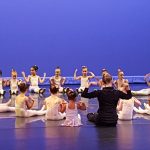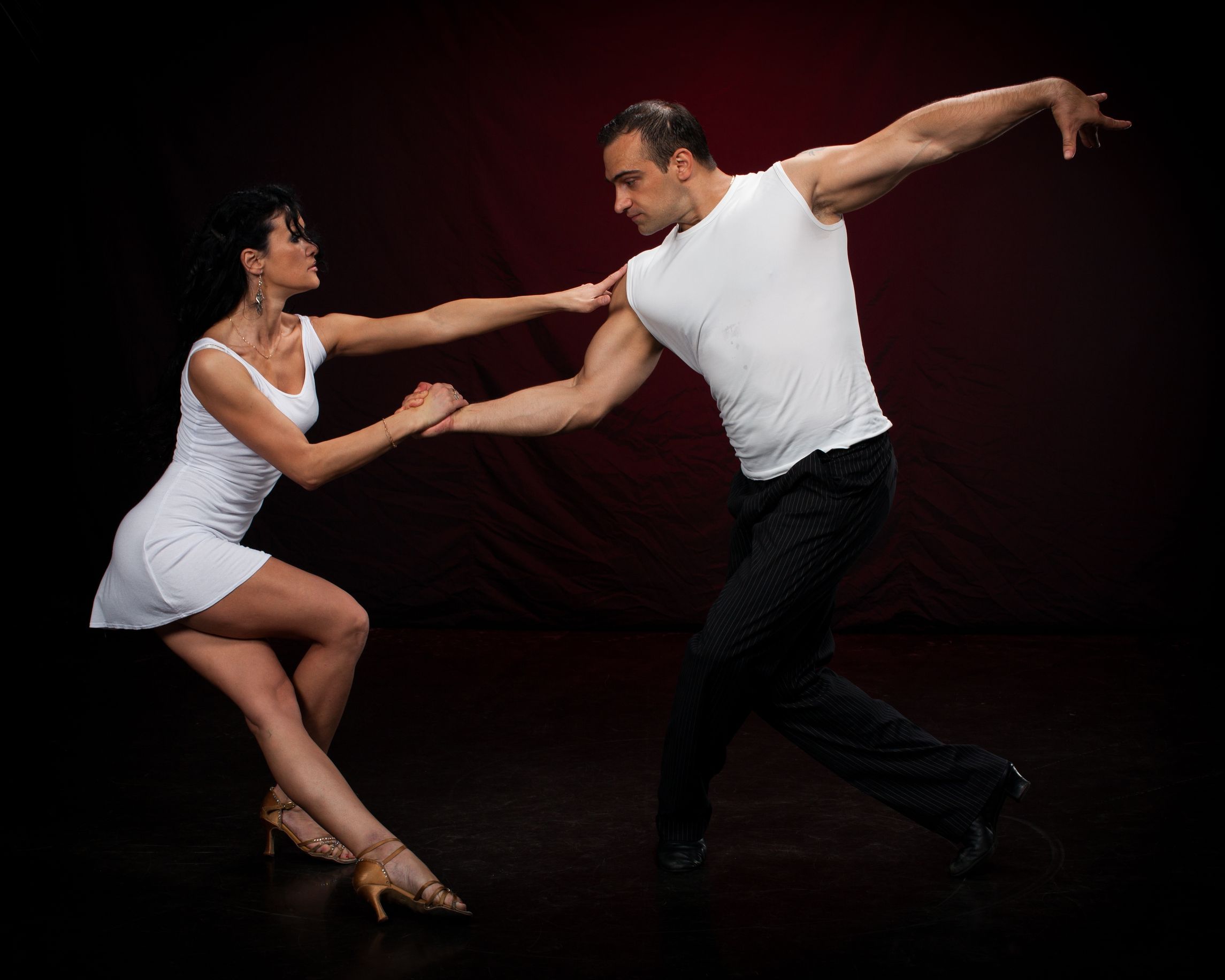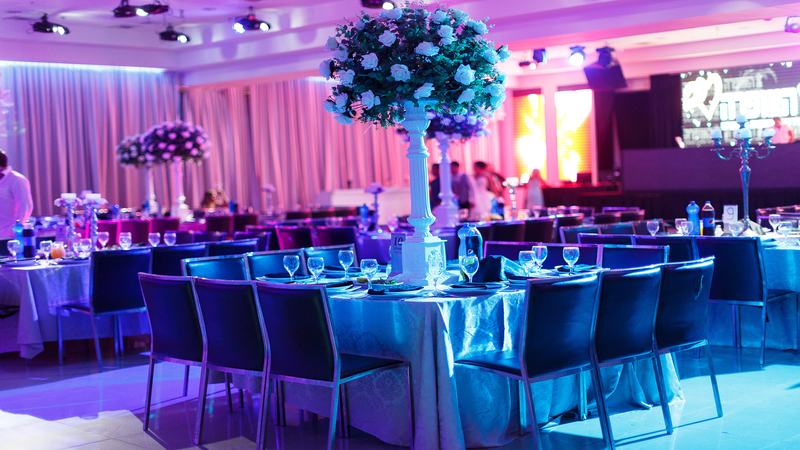From the late 1920’s through the early 1950’s American Jaszz music was dominated by the exhilarating and electric sound of the Big Band. While Jazz is essentially an American music, the Big Band is essentially an American Ensemble. The names are familiar even to this day: Harry James, Benny Goodman, Glen Miller, Tommy Dorsey, Jimmy Dorsey, Duke Ellington, Artie Shaw and near the end of the 50’s, Billy May, Nelson Riddle and Stan Kenton.
The Big Band was a unique ensemble, primarily winds and percussion sometimes augmented with strings. The leaders – The Dorseys, Miller, Goodman, etc. – were often fine performers on their own and the Band was always composed of the best in each section so that the solo demands of the arrangements could be easily met. And each band had a solo vocalist or group of singers as part of the ensemble.
The names of Big Band Vocalists are as legendary as the bands they sang with: Frank Sinatra, Helen Forrest, Vera Lynn, Bing Crosby, Doris Day – the list goes on and on and the recordings they made in the 30’s, 40’s and 50’s are still selling, still being played, still being applauded.
A special aspect of the Big Band Vocalist was in the style of performance. We expect a certain amount of physicality in our musicians now, especially in singers. They move, sometimes dance, and use their bodies to express more of the power of the music they are singing. This was rarely the case with the great Big Bands. In performing with these groups, the singer most often stood in front of the leader, at the microphone when appropriate and simply sang. They rarely moved. Emotions came from the straight delivery of the song and the simple facial expressions they might use as they sang. They were as all the other members of the band: at the service of the song and the arrangement. They were best when they were nearly “invisible” – when the quality and character of their voice seemed transparent, pure and somehow more powerful that reason. It is a very special kind of performing.
When not singing, the singer sat to the side so that attention was on the band and the various instrumental soloists the arrangement called for. If any sort of improvisation was called for – and this was rare – it came from the instruments not the singer. The control this sort of performing required was demanding and the effect was stunning. The Big Band Vocalist would usually sing only one chorus of the song and that was usually late in the arrangement.
Big Band music was intended for dancing – not on the stage but by the audience, the customers and it was this characteristic of the performance that created the conditions described for the Big Band Vocalist.
While this skill is not lost, it is rarely seen these days. But when it is, it is as commanding as the work of any opera or rock diva.









